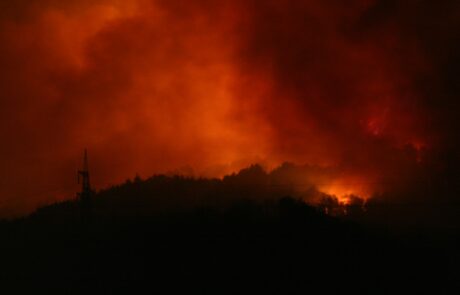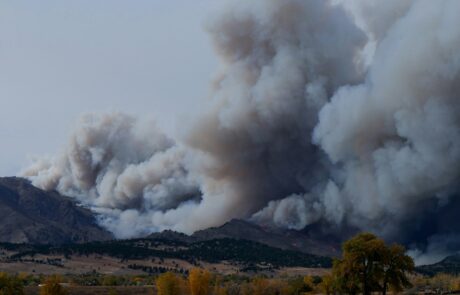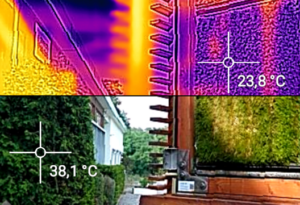New Studies on Health Risks
“The Deadly Impacts of Climate Change”: Climate change exacerbates many global issues, including the frequency and intensity of wildfires due to rising heat and prolonged droughts. These fires have not only devastating ecological and economic impacts but also severe implications for human health. The effects are becoming “increasingly dangerous for forests and humans alike”. New studies show that smoke-induced air pollution is more frequently linked to premature deaths. For example, wildfires alone account for “nearly 100,000 premature deaths each year”.
Wildfires and Their Health Impacts: A “Growing” Problem
Wildfires have become more frequent and intense over recent decades, largely driven by climate change. Rising temperatures, extended droughts, and shifting precipitation patterns all contribute to the increased likelihood of fires globally. While the immediate damage — such as forest loss and home destruction — is apparent, the long-term health consequences from resulting air pollution are often overlooked, posing an “invisible threat”.
Photos: Chiara Guercio & Malachi Brooks from Unsplash
“More Fires, More Pollution”
Global wildfires, increasingly common due to warming temperatures, and the associated air pollution are endangering more people than ever. This finding is supported by two attribution studies published in “Nature Climate Change” (Study 1 und Study 2) in collaboration with the Potsdam Institute for Climate Impact Research (Potsdam-Instituts für Klimafolgenforschung, PIK).
According to TAGESSPIEGEL, one analysis suggests that smoke particles released by wildfires in 2021 led to a global increase in premature deaths. Over the past two decades, deaths related to wildfire smoke exposure have doubled, and annually, almost 100,000 people now die prematurely from wildfire-induced air pollution — far more than from the fires themselves, as reported by SPIEGEL.
Researchers estimate that “the number of premature deaths due to wildfire-related air pollution has risen globally from about 46,400 per year in the 1960s to around 98,750 annually in the past decade”. According to SPIEGEL, over 12,500 of these deaths in recent years can be directly attributed to climate change. By contrast, only about 90 people per year died directly from wildfires during the past decade.
The area burned by wildfires has also expanded, especially in forests.
Not all regions worldwide are equally impacted, but there has been a “marked increase” in fire intensity in regions like South America, Australia, and Europe. The authors note that “climate change poses an escalating threat to public health”, as smoke increasingly affects densely populated areas. The findings align with a study published in Science, which observed that “wildfires have increasingly spread from tropical savannas to forests, burning more intensely and releasing larger quantities of harmful smoke”, representing a “significant threat to human health”.
Photos: DESIGNECOLOGIST & Malachi Brooks from Unsplash
Air Pollution and Health Risks
“The health risks of smoke”: Fine particulate matter in smoke can penetrate deep into the lungs, causing numerous health issues, including respiratory diseases, cardiovascular problems, and an elevated cancer risk. Children, older adults, and people with pre-existing health conditions are particularly vulnerable. Long-term exposure can worsen chronic illnesses and increase the risk of premature death. “One thing many forget”, notes Christopher Reyer, a PIK researcher and study co-author, “is that the impact of smoke from fires […] extends well beyond the immediate fire zones — urban populations also suffer greatly”. Smoke pollution has “serious health consequences”, emphasizing the importance of reducing emissions and improving fire management to lessen the global impacts on ecosystems, economies, and public health.
Photos: GCS
Why Nature-Based Climate Adaptation Is Essential
Natural and sustainable adaptation strategies can enhance the resilience of ecosystems, safeguard human health, and contribute significantly to the development of livable and sustainable cities. Examples include protecting and reforesting natural forests, using natural wetlands as firebreaks, and promoting nature-based urban planning. Such measures can improve air quality and regulate the urban microclimate. Green roofs, urban forests, and green spaces help mitigate heat in cities while also keeping the air cleaner. Cities that prioritize nature-based solutions are better equipped to withstand extreme weather events and provide health benefits to their residents. Read more
- about our “Green Sponges in the sponge City” and
- on “Efficient Cooling for Urban Spaces”.








